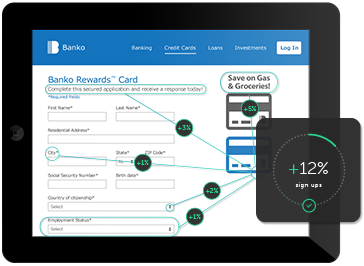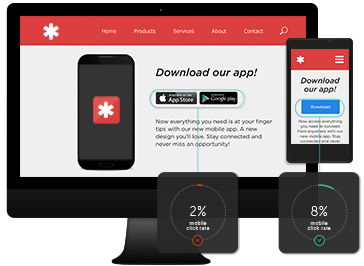Testing & Personalisation Tools
- AB Testing
- Personalisation
- Multivariate Testing
- Social Proof
- Server-side Testing
- Product Recommendations
- Split Testing
- Exit Intent
- Baseline Analysis
- Hello Bars
- Site Search Optimisation
- Onsite Retargeting
- Urgency Messaging
- Funnel Optimisation
- Form Optimisation
- Product Scraping
- Onsite Surveys
- No Code Widgets





